The American Southwest is a land of stark beauty and extreme conditions, where blazing summer heat and minimal rainfall create one of the most challenging environments on the continent. Yet within this seemingly inhospitable landscape thrives a remarkable diversity of reptiles that have evolved extraordinary adaptations to survive and flourish. From the iconic rattlesnake to the bizarre-looking Gila monster, these cold-blooded desert dwellers represent some of the most fascinating examples of evolutionary adaptation on the planet. They’ve developed specialized behaviors, physical characteristics, and survival strategies that allow them to not only endure but thrive in conditions that would quickly prove fatal to most other creatures. This exploration of Southwestern desert reptiles reveals how these remarkable animals have become living embodiments of resilience and specialization.
The Harsh Reality of Desert Life
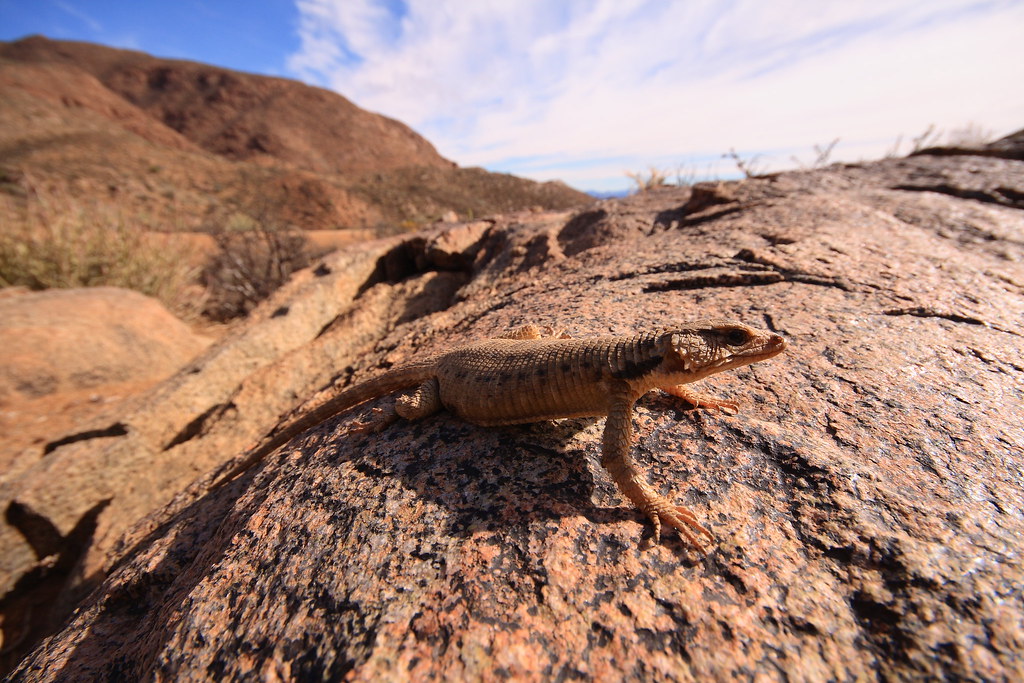
The American Southwest presents reptiles with a gauntlet of survival challenges that have shaped their evolution over millions of years. Summer temperatures regularly soar above 110°F (43°C), while annual rainfall in many areas averages less than 10 inches, creating conditions where water conservation becomes paramount to survival. These extremes are compounded by sparse vegetation, limited shelter options, and dramatic temperature fluctuations between day and night. The substrate itself presents additional challenges, from loose sand that makes movement difficult to rocky terrain that offers little in the way of diggable refuge. Despite these obstacles, reptiles have become the vertebrate masters of this environment, developing physiological and behavioral adaptations that allow them to thrive where mammals and amphibians struggle.
Physiological Adaptations for Desert Survival
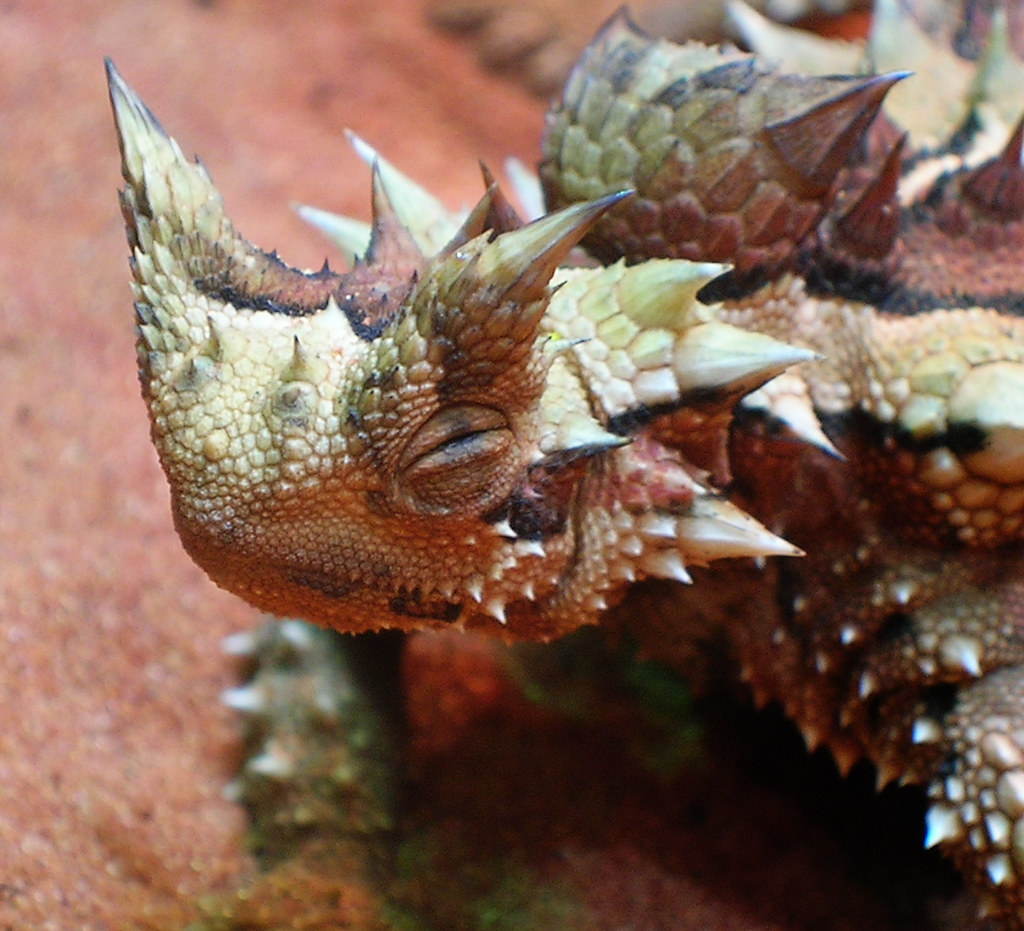
The most fundamental adaptation of desert reptiles is their ectothermic or “cold-blooded” nature, which provides a significant energy advantage in resource-limited environments. Unlike mammals and birds that burn calories continuously to maintain body temperature, reptiles harness environmental heat, allowing them to survive on far less food—some species can go months between meals. Their scaly skin serves as exceptional waterproofing, dramatically reducing moisture loss through the body surface. Many species have developed specialized kidney function that produces highly concentrated urine and dry fecal matter, further conserving precious water resources. Additionally, behavioral thermoregulation—the practice of moving between sun and shade to maintain optimal body temperature—allows these animals to function effectively despite extreme environmental temperatures, essentially using the landscape as a living thermostat.
The Iconic Western Diamondback Rattlesnake
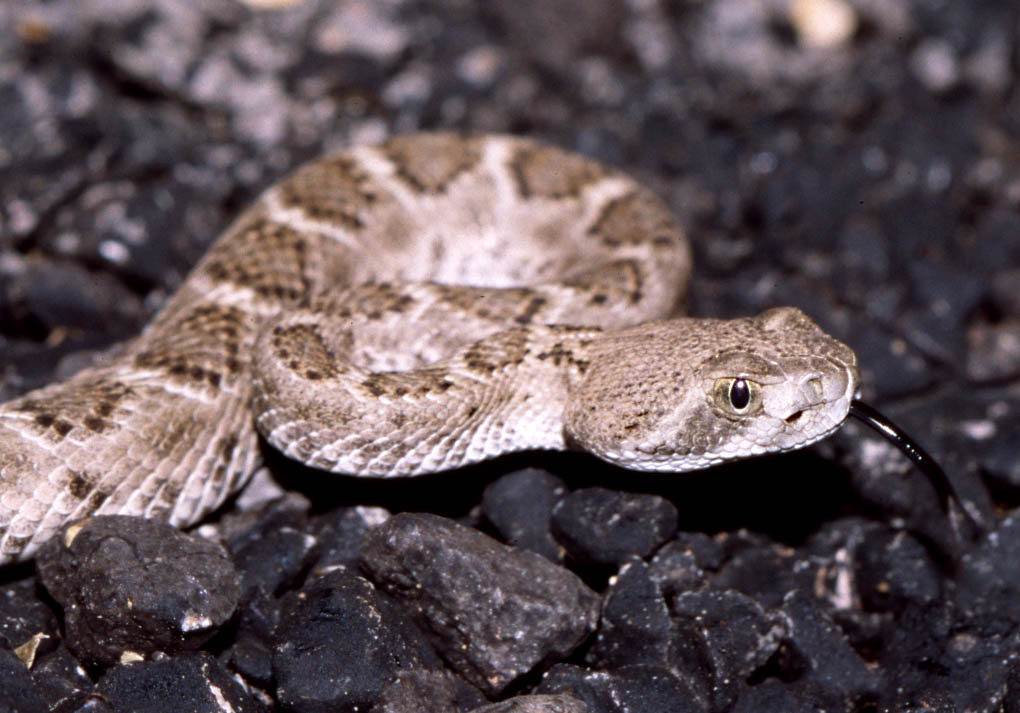
The Western Diamondback Rattlesnake (Crotalus atrox) stands as perhaps the most recognized reptile of the American Southwest, instantly identifiable by its diamond-patterned back and distinctive rattle. These formidable predators typically reach 3-5 feet in length and possess highly effective heat-sensing pits between their eyes and nostrils that allow them to detect warm-blooded prey with remarkable precision, even in complete darkness. The venom delivery system of the Western Diamondback represents one of nature’s most sophisticated weapons—hollow, replaceable fangs inject a hemotoxic cocktail that both immobilizes prey and begins the digestive process externally. Their eponymous rattle, formed from interlocking segments of keratin added after each shed, serves as a warning system that has become synonymous with the Southwestern desert itself. Despite their fearsome reputation, these snakes play a crucial ecological role by controlling rodent populations and typically avoid human confrontation when given the opportunity.
Venomous Specialists: Mojave Rattlesnake
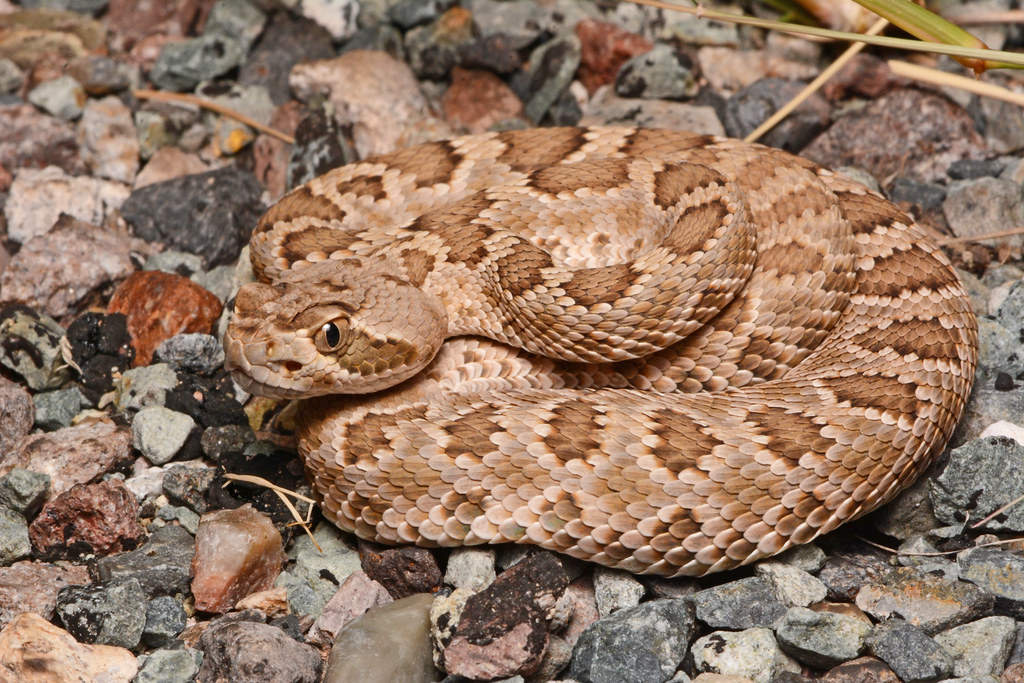
The Mojave Rattlesnake (Crotalus scutulatus) represents one of the most potent venomous threats in North America, possessing a uniquely powerful neurotoxic venom that differs significantly from most other rattlesnake species. While similar in appearance to the Western Diamondback, the Mojave Rattlesnake can be distinguished by its lighter coloration, more defined head scales, and the distinctive white bands just above its rattle. What makes this species particularly noteworthy is its geographic venom variation—populations in some regions produce primarily neurotoxic venom that attacks the nervous system, while others produce hemotoxic venom that destroys tissue, and some individuals can produce both types. This adaptable venom chemistry has made the Mojave Rattlesnake a subject of intense medical research, as compounds within its venom show potential applications in treating various human conditions. Despite their dangerous reputation, these snakes typically remain hidden during daylight hours, emerging primarily at dusk to hunt for small mammals and lizards.
The Desert Tortoise: Master of Patience
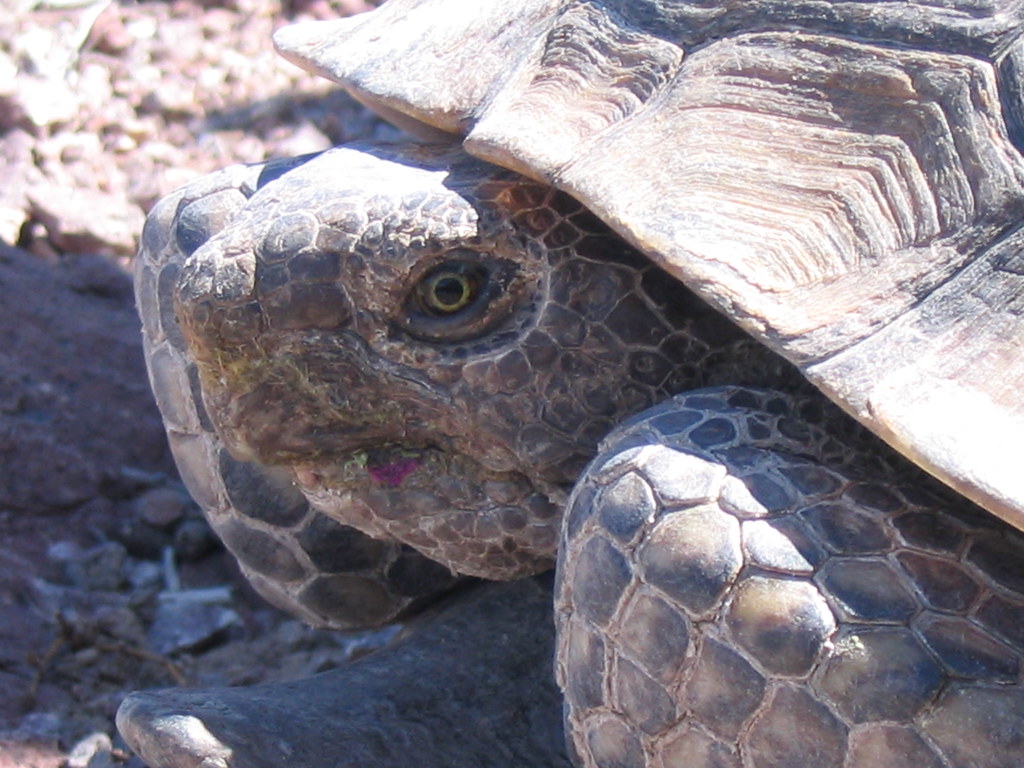
The Mojave Desert Tortoise (Gopherus agassizii) exemplifies the slow-but-steady approach to desert survival, with adaptations that prioritize conservation and endurance over speed or aggression. These remarkable reptiles can live 50-80 years in the wild and have evolved pallets on their front legs that allow them to efficiently dig burrows up to 30 feet long, creating microclimates that protect them from extreme temperatures. Their most impressive survival mechanism may be their ability to store water in specialized bladder reservoirs, allowing them to survive droughts lasting a year or more by recycling and reabsorbing this stored water. When feeding conditions are optimal during brief rainy periods, desert tortoises can consume enough vegetation to sustain themselves through extended dry spells. Unfortunately, these ancient desert dwellers now face significant conservation challenges, with habitat destruction, disease, and illegal collection reducing their populations to the point that they are federally listed as threatened under the Endangered Species Act.
The Venomous Gila Monster
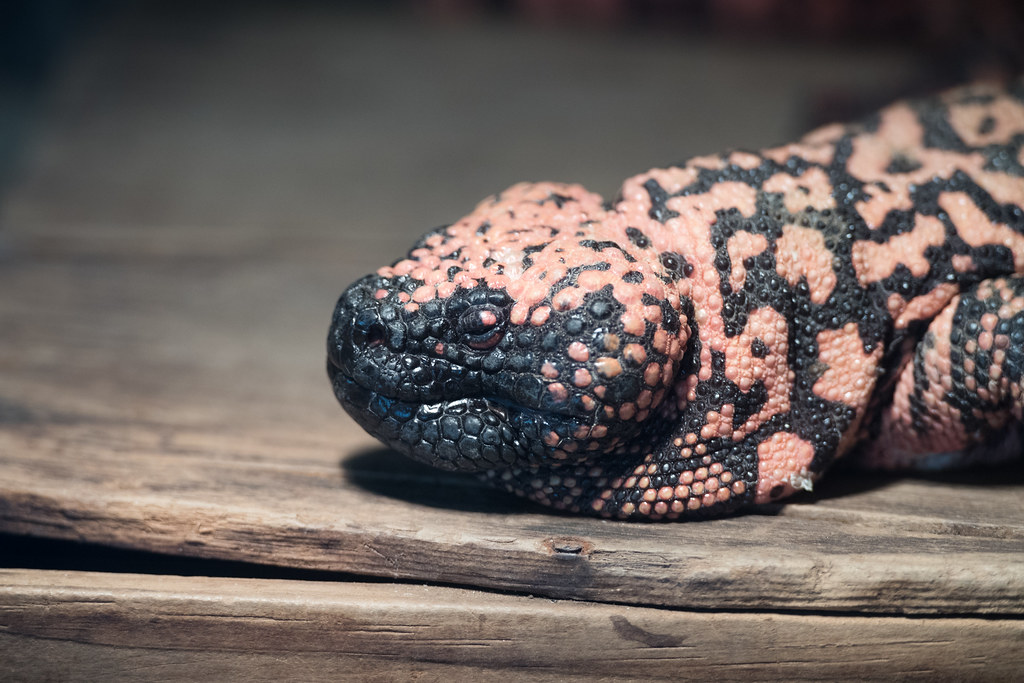
The Gila Monster (Heloderma suspectum) stands as one of only two venomous lizard species in the world and the only one native to the United States, making it a truly unique component of Southwestern desert ecosystems. Immediately recognizable by its stocky build and striking black and orange/pink beaded skin pattern, the Gila Monster typically reaches 1-2 feet in length and possesses a strong bite with specialized grooved teeth that deliver venom through capillary action rather than through hollow fangs. Unlike venomous snakes that use their toxins primarily for hunting, the Gila Monster’s venom serves more as a defensive mechanism, delivered through a chewing motion that allows the neurotoxic and pain-inducing compounds to enter the wound. These lizards spend up to 95% of their lives underground or in burrows, emerging mainly during the spring breeding season or after summer monsoon rains. Their exceptionally slow metabolism allows them to subsist on just 3-4 large meals per year, consisting primarily of small mammals, birds, and eggs.
Chuckwallas: The Rock Crevice Specialists
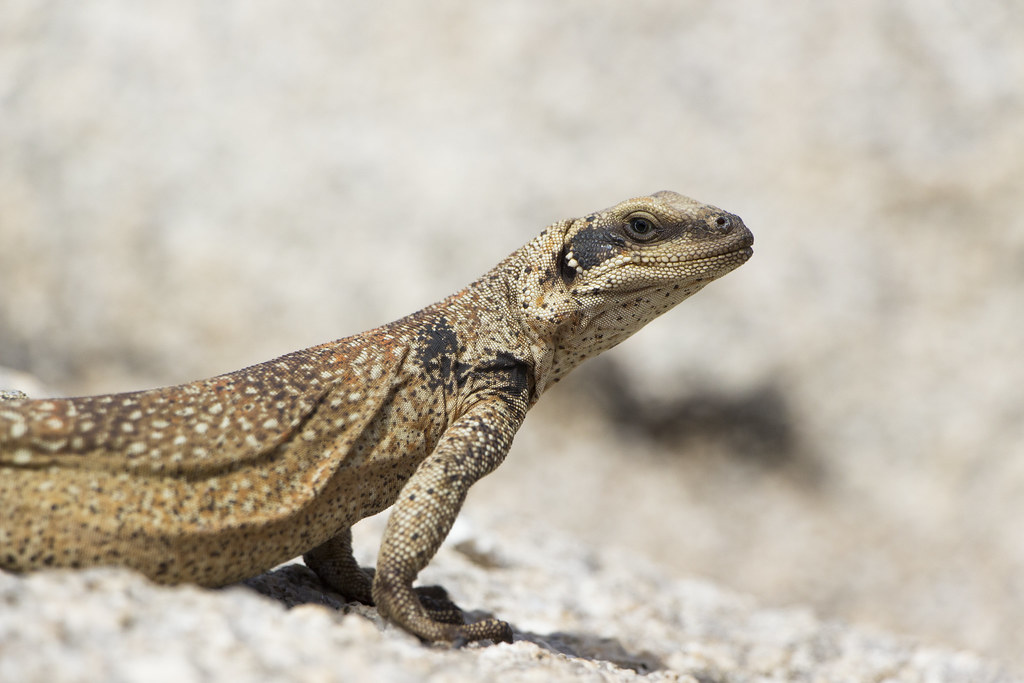
The Common Chuckwalla (Sauromalus ater) represents one of the most distinctive and specialized lizards of the Southwestern deserts, with adults reaching impressive lengths of up to 16 inches including their tail. These herbivorous reptiles have developed a remarkable defensive strategy—when threatened, they quickly retreat into narrow rock crevices and inflate their bodies by gulping air, wedging themselves so firmly that predators cannot extract them. Chuckwallas exhibit significant sexual dimorphism, with males displaying reddish-brown bodies with black heads and limbs, while females maintain a more uniform grayish coloration with scattered dark spots or mottling. Their diet consists almost exclusively of desert flowers, leaves, and fruits, and they’ve developed specialized digestive systems that include symbiotic bacteria to break down tough plant materials. Perhaps most impressively, chuckwallas can obtain nearly all their required moisture from their plant food, rarely if ever needing to drink free-standing water—a crucial adaptation for life in one of North America’s driest regions.
Desert Iguanas: Heat Tolerance Champions
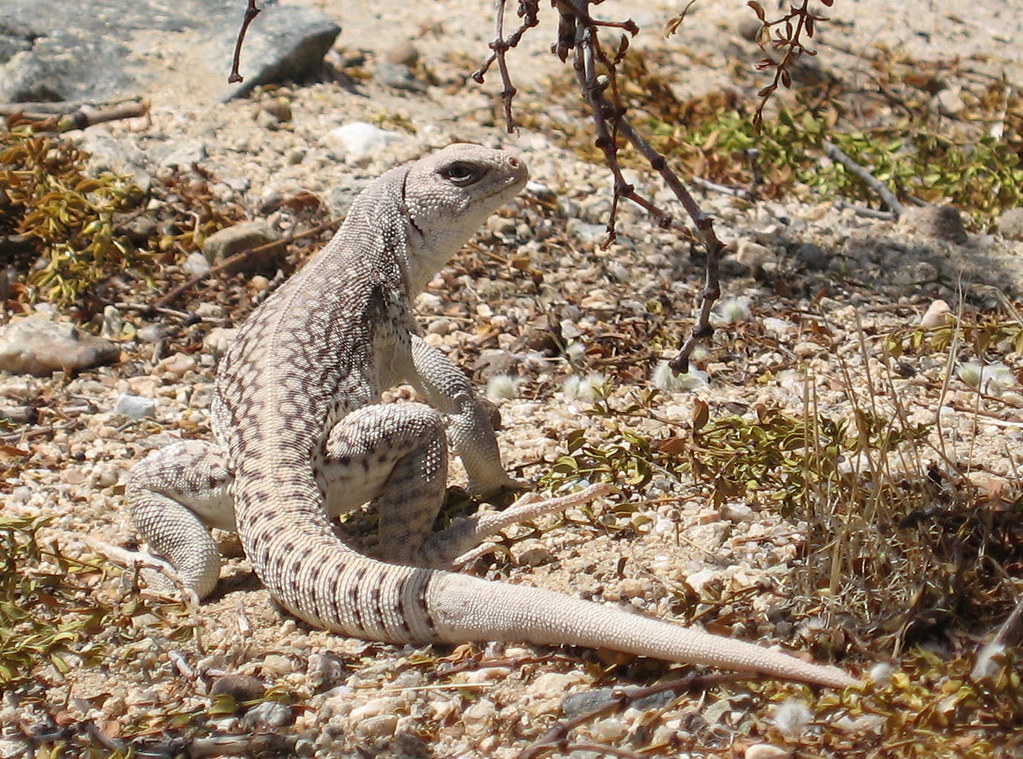
The Desert Iguana (Dipsosaurus dorsalis) has earned distinction as one of the most heat-tolerant reptiles in North America, capable of remaining active at body temperatures exceeding 107°F (42°C)—conditions that would prove fatal to most other vertebrates. These pale gray to cream-colored lizards feature a distinctive row of slightly enlarged scales running down their backs and can reach lengths of up to 16 inches, though much of that is their long tail. Unlike many desert reptiles that avoid the midday heat, Desert Iguanas are often observed actively foraging during the hottest parts of the day when competitors and predators have retreated to cooler microhabitats. Their primarily herbivorous diet focuses on the leaves, buds, and fruits of desert plants, particularly creosote bush, which contains compounds toxic to many other animals but which Desert Iguanas have evolved to digest safely. When temperatures become truly extreme, even these heat specialists will retreat to burrows, often using abandoned kangaroo rat tunnels rather than digging their own.
Collared Lizards: The Bipedal Sprinters
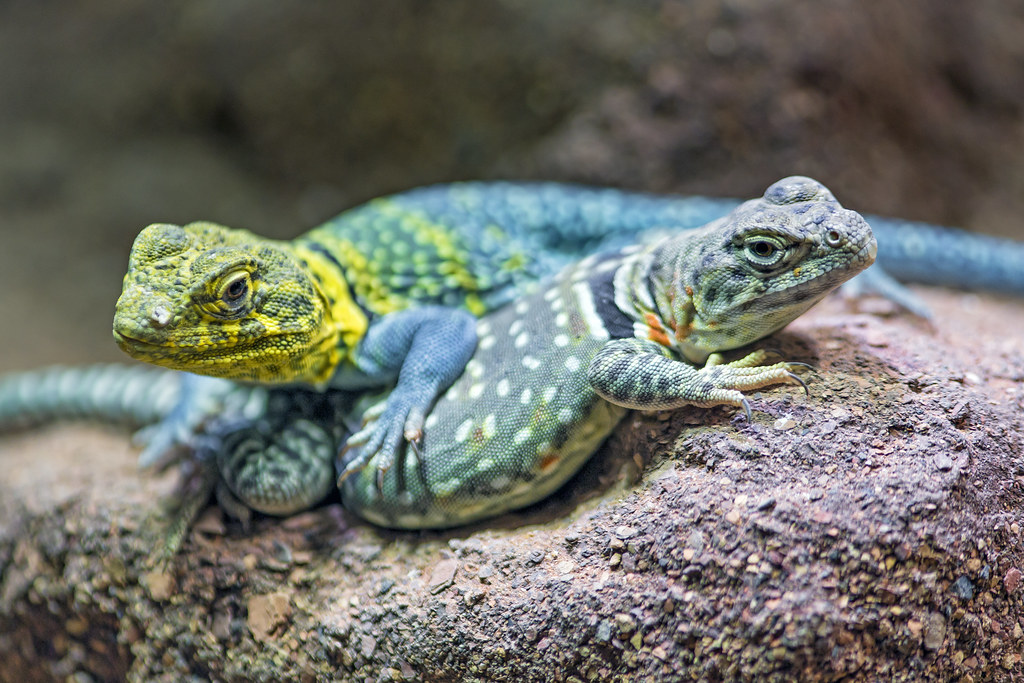
The Common Collared Lizard (Crotaphytus collaris) represents one of the most striking and athletically impressive reptiles of the Southwest, instantly recognizable by the distinctive black “collar” bands around its neck contrasting against its bright green to turquoise body. What truly sets these lizards apart is their remarkable running ability—when reaching maximum speeds of up to 16 mph, they rise up on their hind legs and sprint bipedally across the desert, reminiscent of miniature dinosaurs. Males establish and vigorously defend territories, performing elaborate push-up displays to intimidate rivals and attract females, with their bodies turning vibrant colors during breeding season. Unlike many other desert lizards that are primarily insectivorous or herbivorous, Collared Lizards are active predators that will consume smaller lizards, large insects, spiders, and occasionally even small snakes or rodents. Their preference for rocky habitats with scattered vegetation makes them common sights at popular hiking destinations throughout the Southwest, where they often perch prominently on sun-warmed boulders.
Horned Lizards: The Desert’s Living Tanks
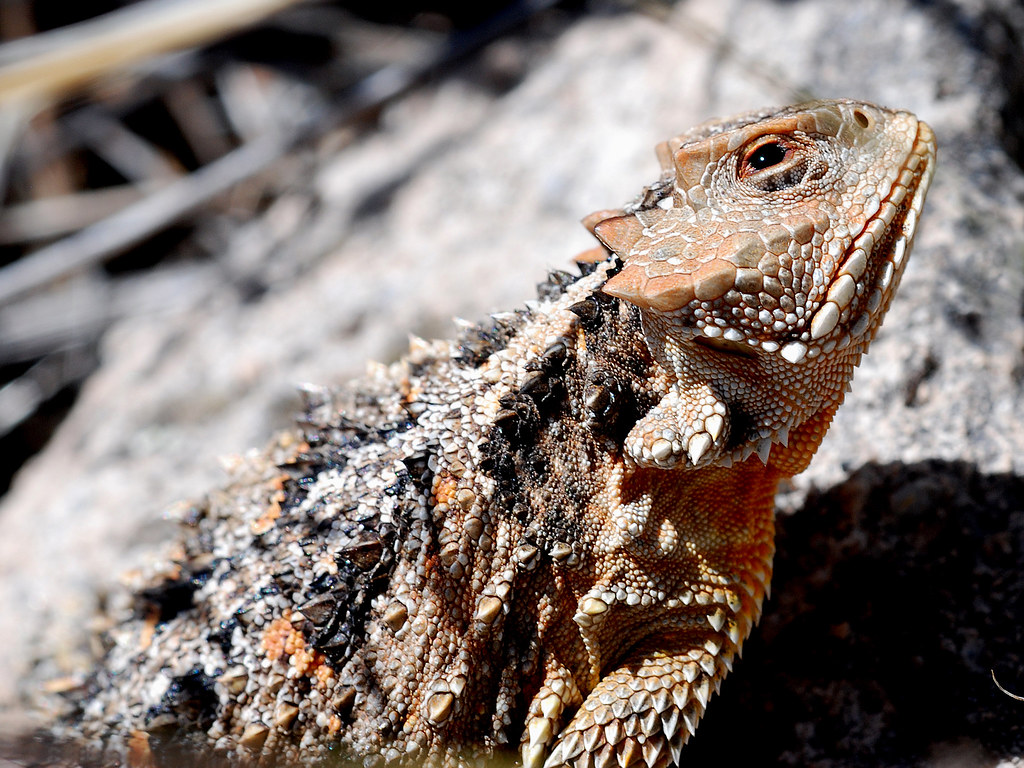
Horned Lizards (Phrynosoma spp.), commonly but incorrectly called “horny toads,” represent some of the most distinctive and specialized reptiles of the Southwestern deserts, with their flattened, spiny bodies giving them an almost prehistoric appearance. These remarkable animals have evolved a suite of unique defensive adaptations, including the ability in some species to squirt blood from their eye sockets up to five feet when threatened by canine predators—the blood contains chemicals noxious to coyotes and foxes. Their cryptic coloration allows them to virtually disappear against the desert substrate, while their crown of horns provides protection against predators that might attempt to swallow them. Most remarkable is their dietary specialization—many species feed almost exclusively on harvester ants, which they capture with a specialized sticky tongue and can consume in enormous quantities despite the ants’ formic acid defenses. Sadly, several horned lizard species have experienced significant population declines due to habitat loss, collection for the pet trade, and the spread of non-native fire ants that have displaced their preferred harvester ant prey.
Whiptail Lizards: The All-Female Species
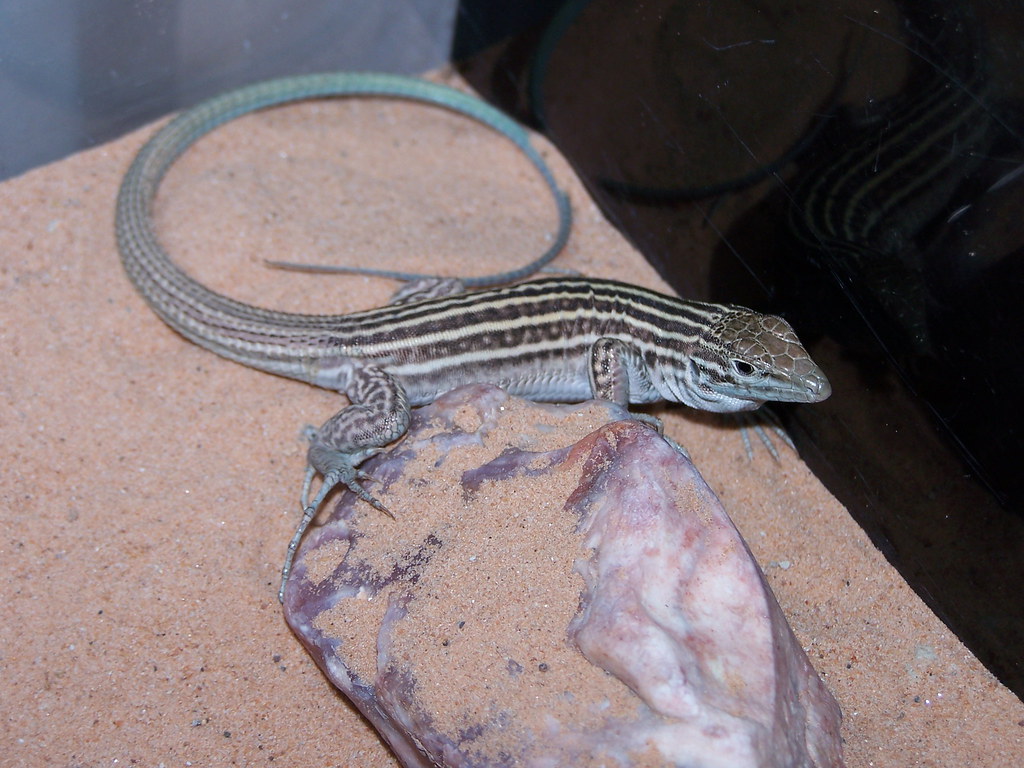
The Desert Grassland Whiptail Lizard (Aspidoscelis uniparens) represents one of the most remarkable evolutionary phenomena in the reptile world—an all-female species that reproduces through parthenogenesis, essentially cloning itself without requiring male fertilization. These slender, striped lizards with their characteristic long tails evolved through hybridization between two sexual species, resulting in a population composed entirely of females that produce identical offspring carrying the same genetic material. Despite having no males, these lizards still engage in pseudocopulation behavior where one female mounts another, stimulating egg production through hormonal changes triggered by this ritual. Their extraordinary reproductive strategy allows them to colonize areas rapidly, as a single individual can establish an entire new population. Beyond their unique reproduction, whiptails are exceptionally fast-moving lizards that use their long tails for balance as they dart across the desert floor in search of insects, spiders, and other small invertebrates, constantly flicking their tongues to detect chemical cues from both prey and potential threats.
Coachwhip Snakes: The Speed Demons
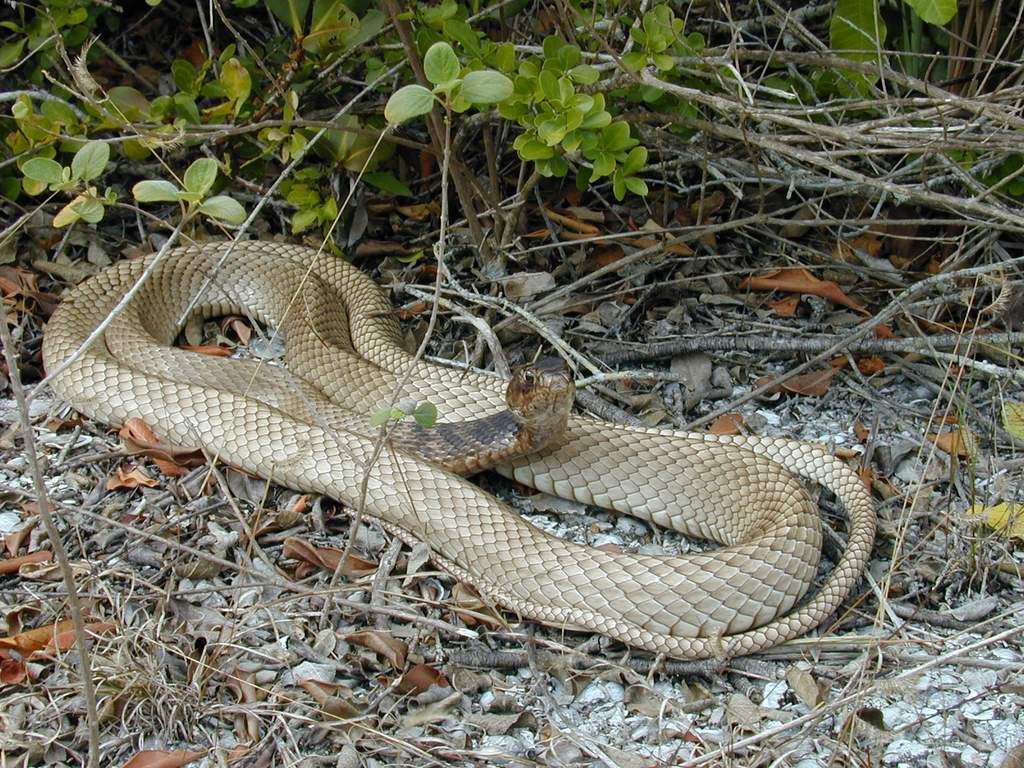
The Coachwhip (Masticophis flagellum) earns its name from its slender body and tapered tail that resembles an old-fashioned braided whip, and its behavior lives up to this dynamic moniker. These non-venomous snakes are among the fastest serpents in North America, capable of traveling at speeds up to 4 mph across open desert terrain—an impressive pace that allows them to chase down lizards and rodents that would outrun most other snake species. Unlike many desert reptiles that avoid the heat, Coachwhips are often active during the hottest parts of the day, using their exceptional vision to spot prey from considerable distances. When threatened, these snakes typically rely on their speed to escape, but if cornered, they can become surprisingly aggressive, rising up to face the threat and striking repeatedly—behavior that has unfortunately led to many folk myths about them chasing and whipping people with their tails. Coachwhips display remarkable color variation across their range, from the pale “red racer” form common in the Mojave Desert to the darker varieties found in the Sonoran and Chihuahuan regions.
Conservation Challenges in a Changing Desert
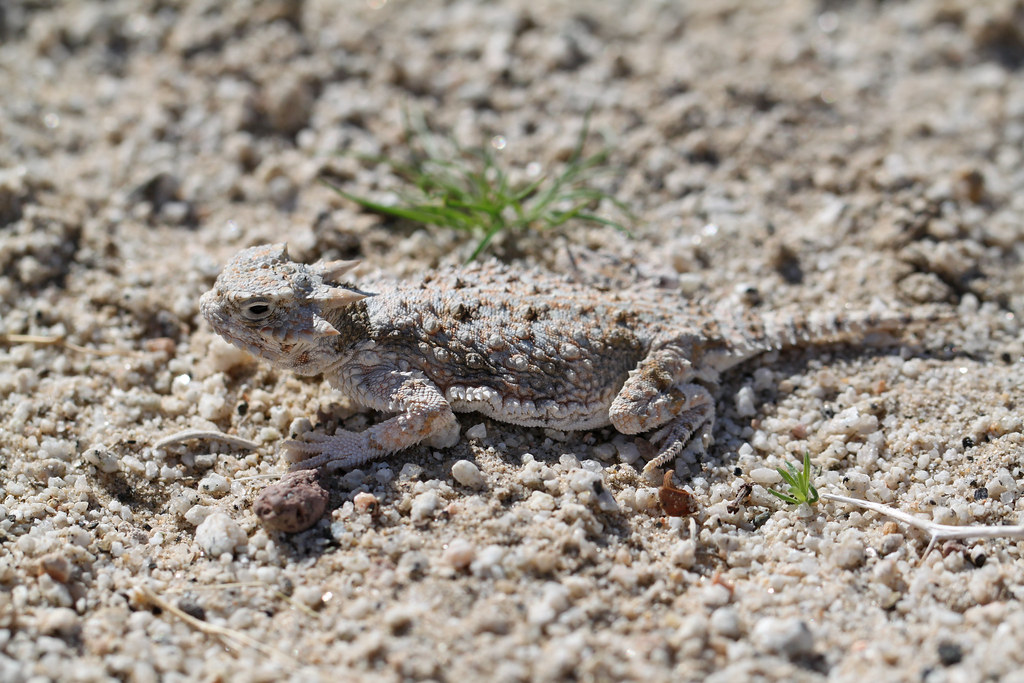
Desert reptiles of the American Southwest face mounting conservation challenges as human activities and climate change increasingly transform their ancient habitats. Urban expansion, particularly around rapidly growing cities like Phoenix, Las Vegas, and Tucson, has fragmented populations and eliminated critical habitat, while roads create deadly barriers to movement and genetic exchange between isolated populations. Off-road vehicle recreation damages fragile desert soils and vegetation that many species depend upon for food and shelter. Rising temperatures due to climate change are already pushing some species toward the limits of their heat tolerance, with concerns that even heat-adapted desert specialists may face physiological thresholds they cannot overcome. Emerging diseases present additional threats, particularly to desert tortoise populations already struggling with respiratory ailments. Despite these challenges, conservation efforts including habitat preservation, wildlife corridors, and captive breeding programs offer hope for the continued survival of these remarkable evolutionary success stories that have adapted to one of Earth’s most demanding environments.
Desert Reptiles and Indigenous Cultural Connections
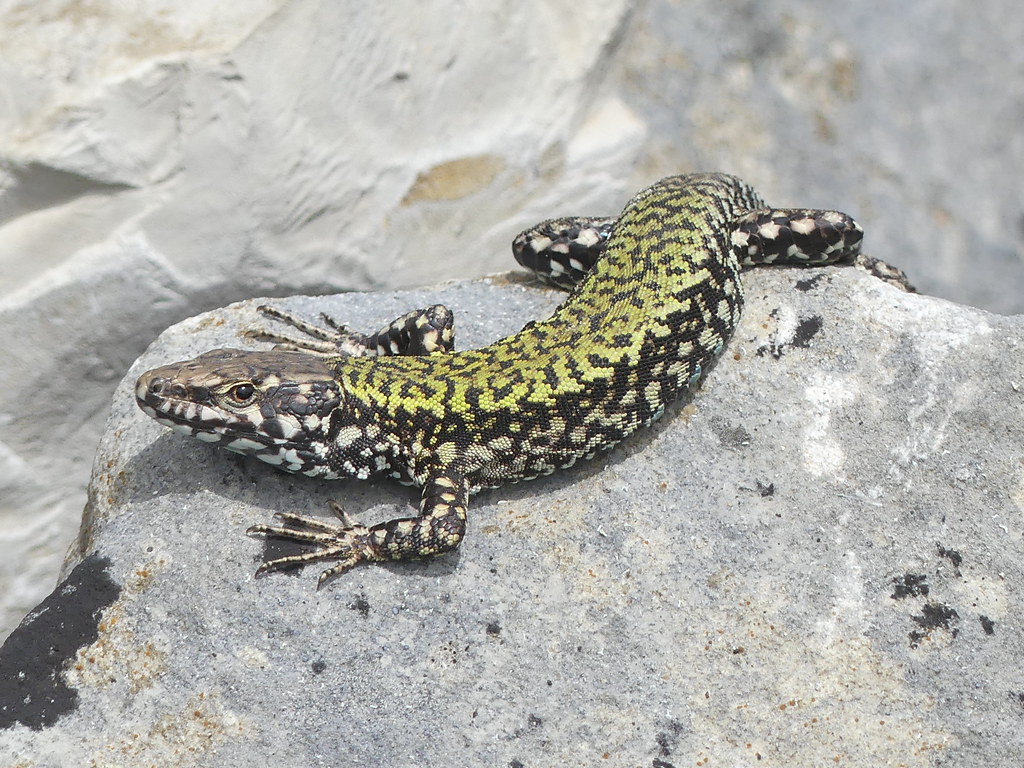
For thousands of years, the indigenous peoples of the Southwest developed profound cultural relationships with the region’s reptiles, incorporating them into religious practices, healing traditions, art, and oral histories. The Hopi and other Puebloan peoples have long featured the horned lizard in pottery designs and kachina figures, while rattlesnake imagery appears prominently in ceremonies related to rain and agricultural fertility. The Tohono O’odham people traditionally respected the Gila monster as a powerful medicine animal whose presence was believed to predict seasonal rainfall patterns. For the Cahuilla of Southern California, the desert tortoise provided not only occasional sustenance during times of scarcity but featured prominently in creation stories as a figure of wisdom and patience. These cultural connections between humans and reptiles represent some of North America’s oldest continuous relationships between people and wildlife, containing ecological knowledge accumulated across countless generations of desert living. Modern conservation efforts increasingly incorporate traditional indigenous knowledge, recognizing that cultural preservation and biodiversity protection are deeply interconnected in the American Southwest.
Conclusion
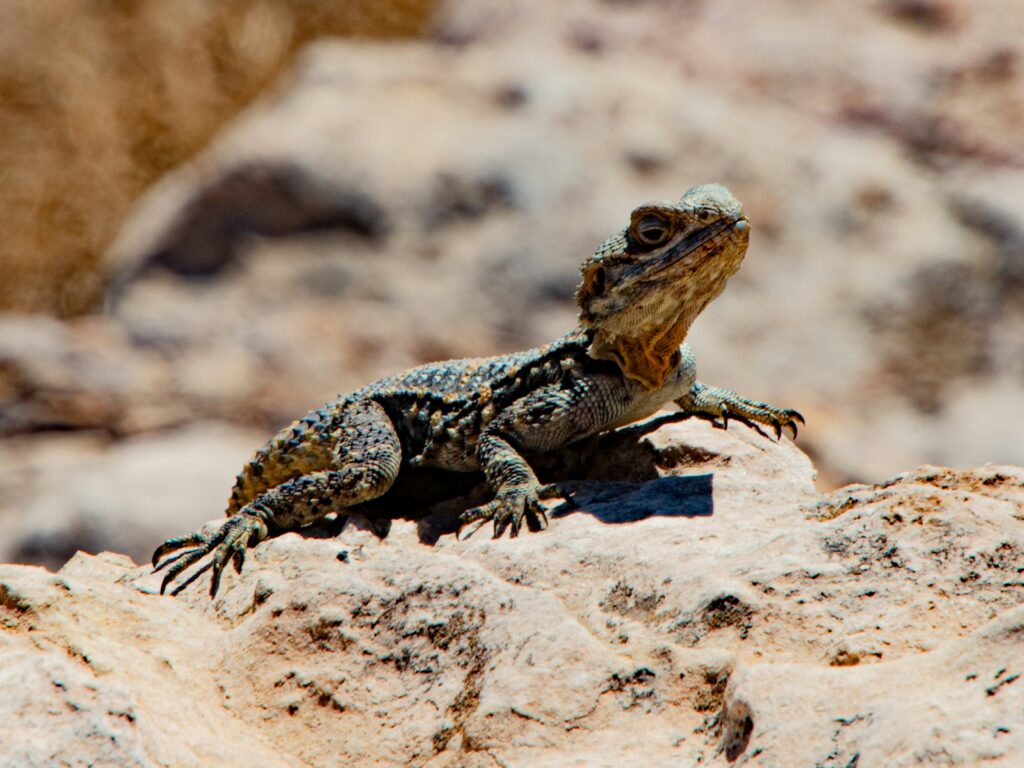
The desert reptiles of the American Southwest represent one of nature’s most compelling stories of adaptation and resilience. From the venomous Gila monster to the parthenogenetic whiptail lizard, these remarkable creatures have evolved specialized strategies that allow them to thrive where other animals simply cannot survive. Their physiological and behavioral adaptations—water conservation, heat tolerance, specialized diets, and defensive innovations—showcase the creative power of natural selection working across millions of years. As climate change and human development continue to transform these ancient landscapes, the future of these evolutionary marvels remains uncertain. What is clear, however, is that these reptiles have much to teach us about adaptation, efficiency, and survival in harsh conditions—lessons that become increasingly relevant in our warming world. By understanding and protecting these desert specialists, we preserve not only fascinating biological diversity but living examples of nature’s most ingenious solutions to extreme environmental challenges.


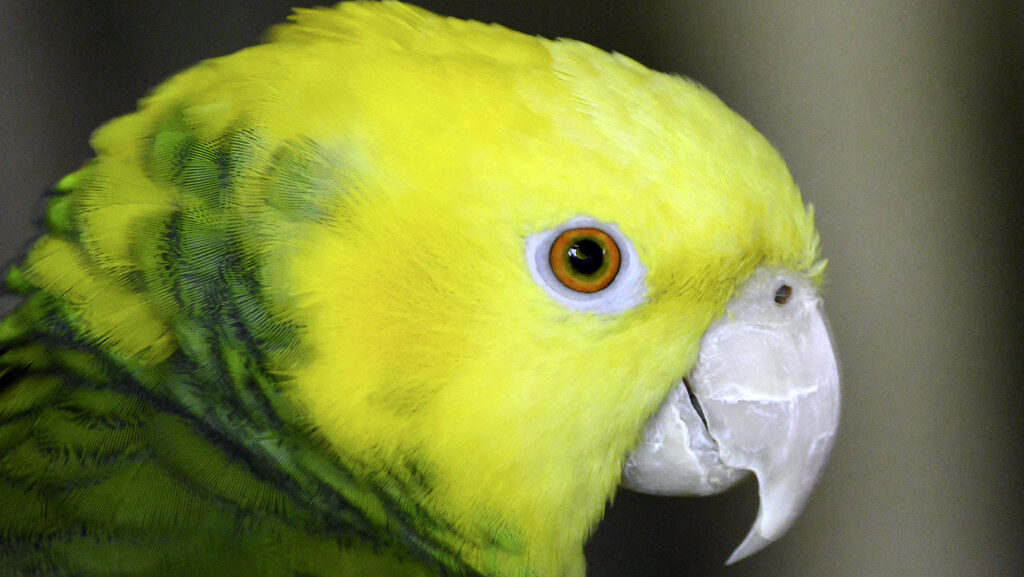
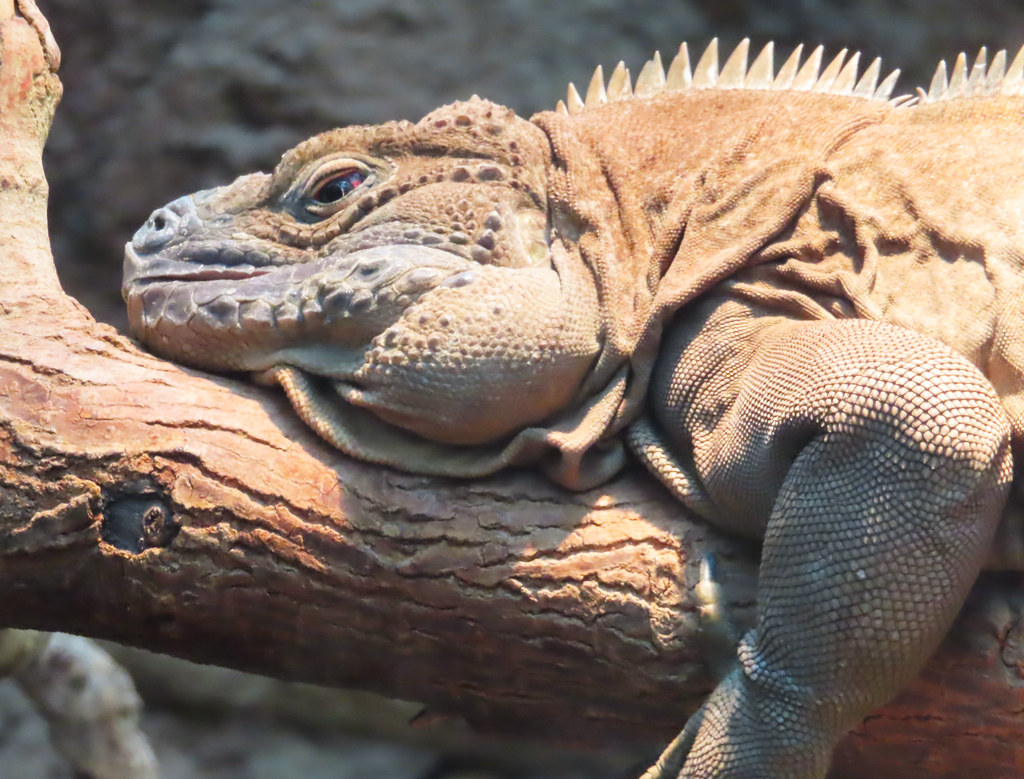
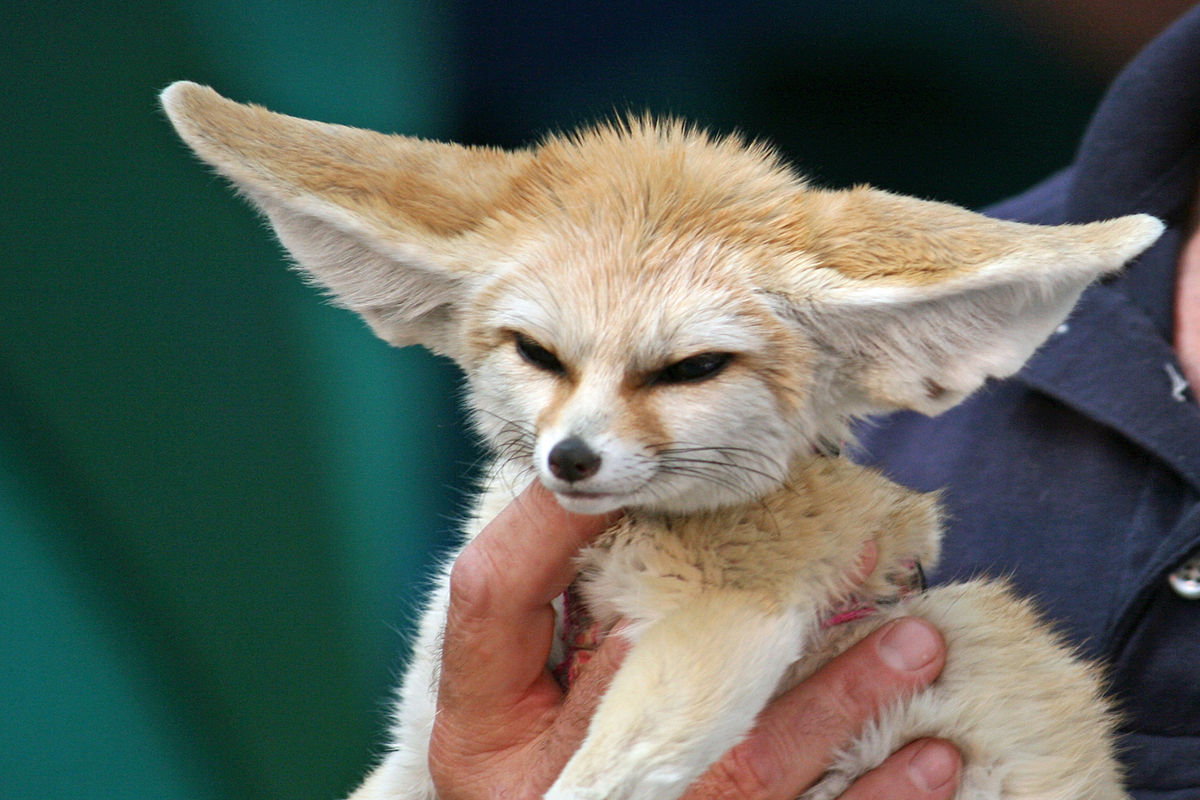
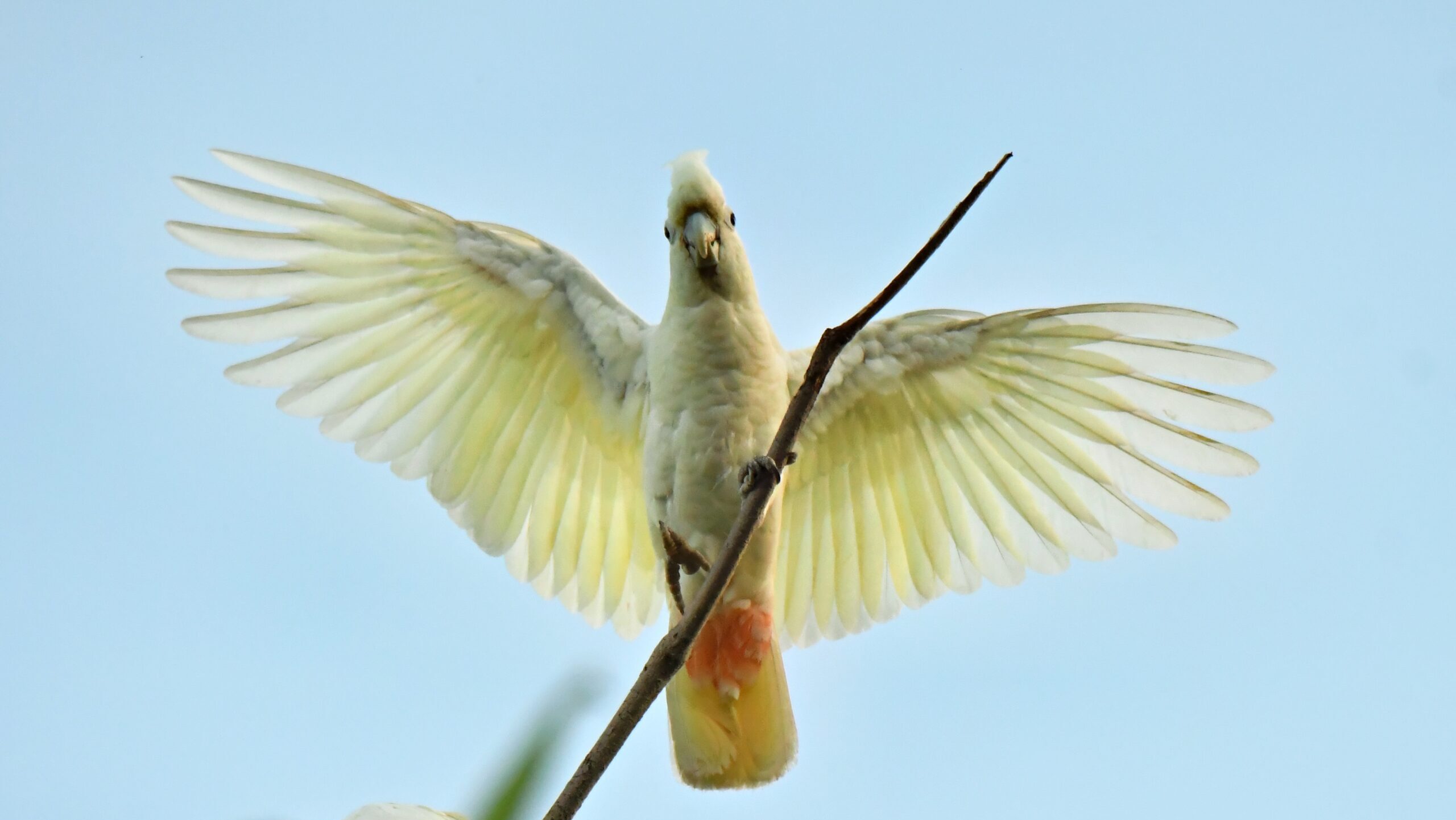

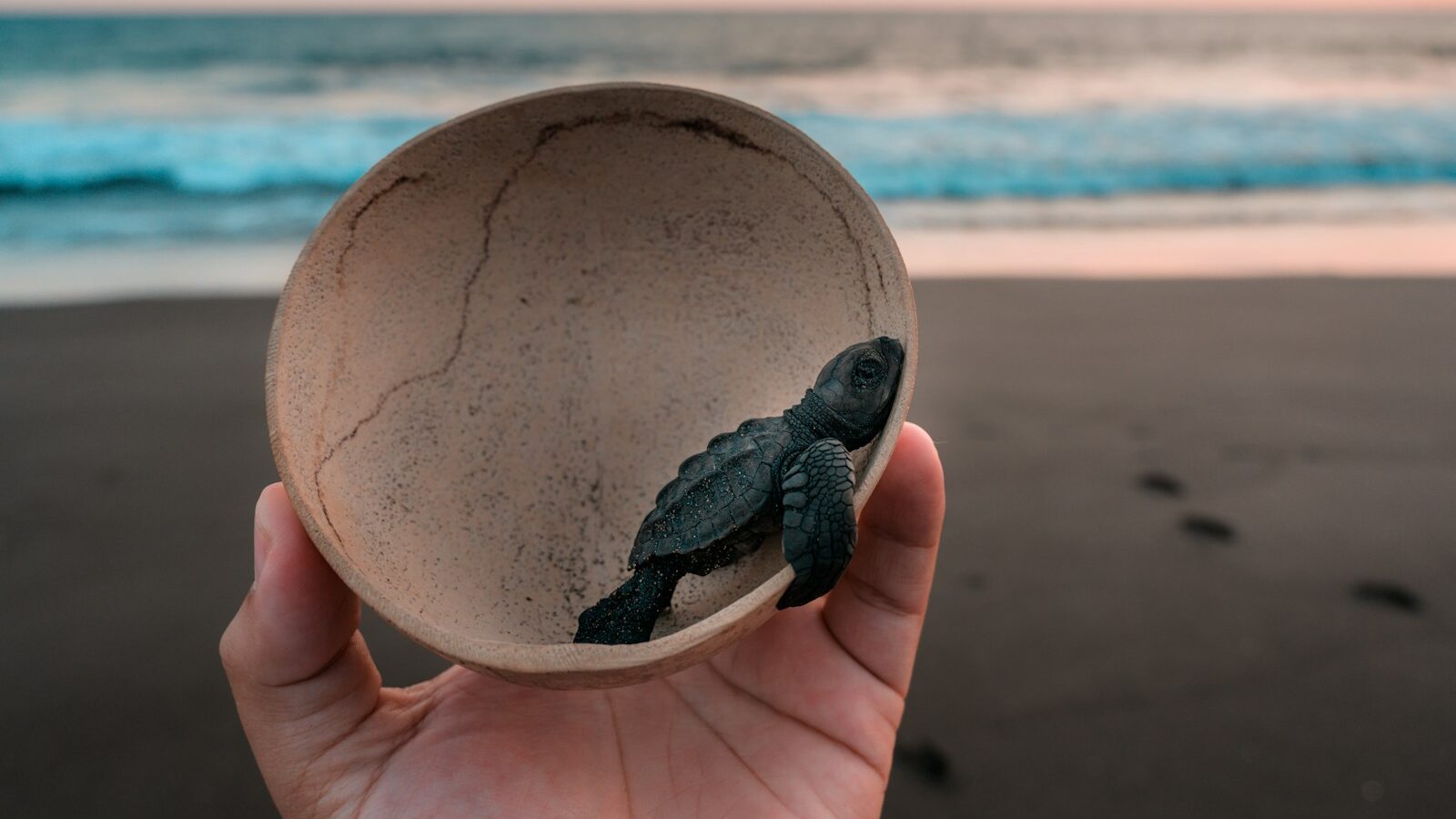
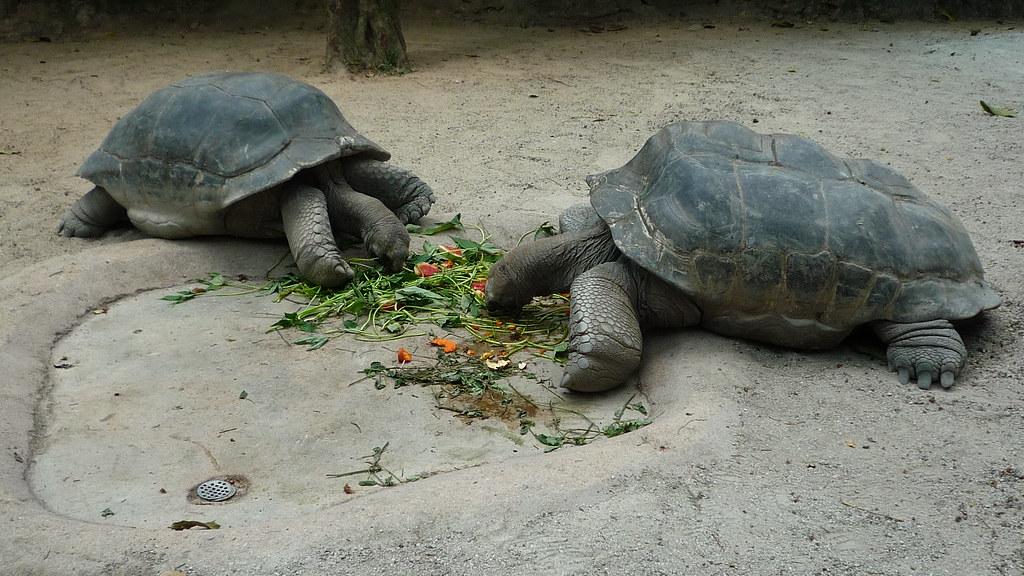
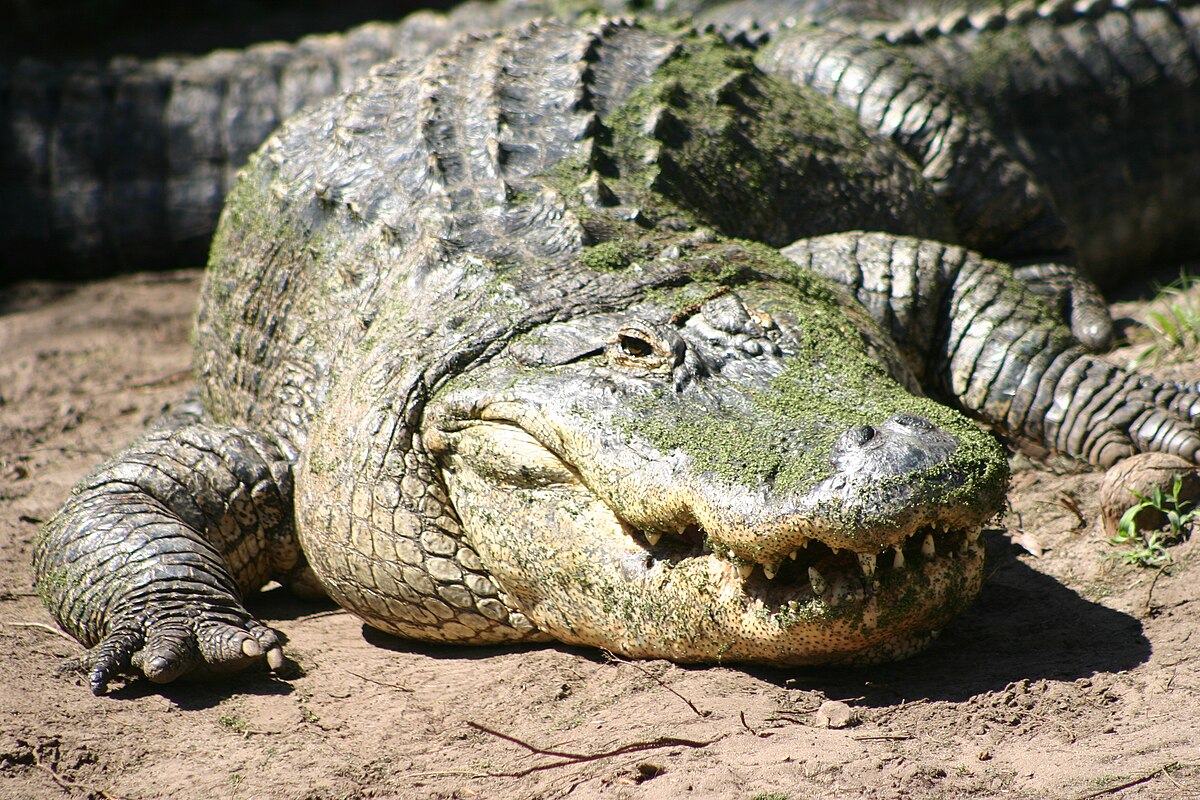
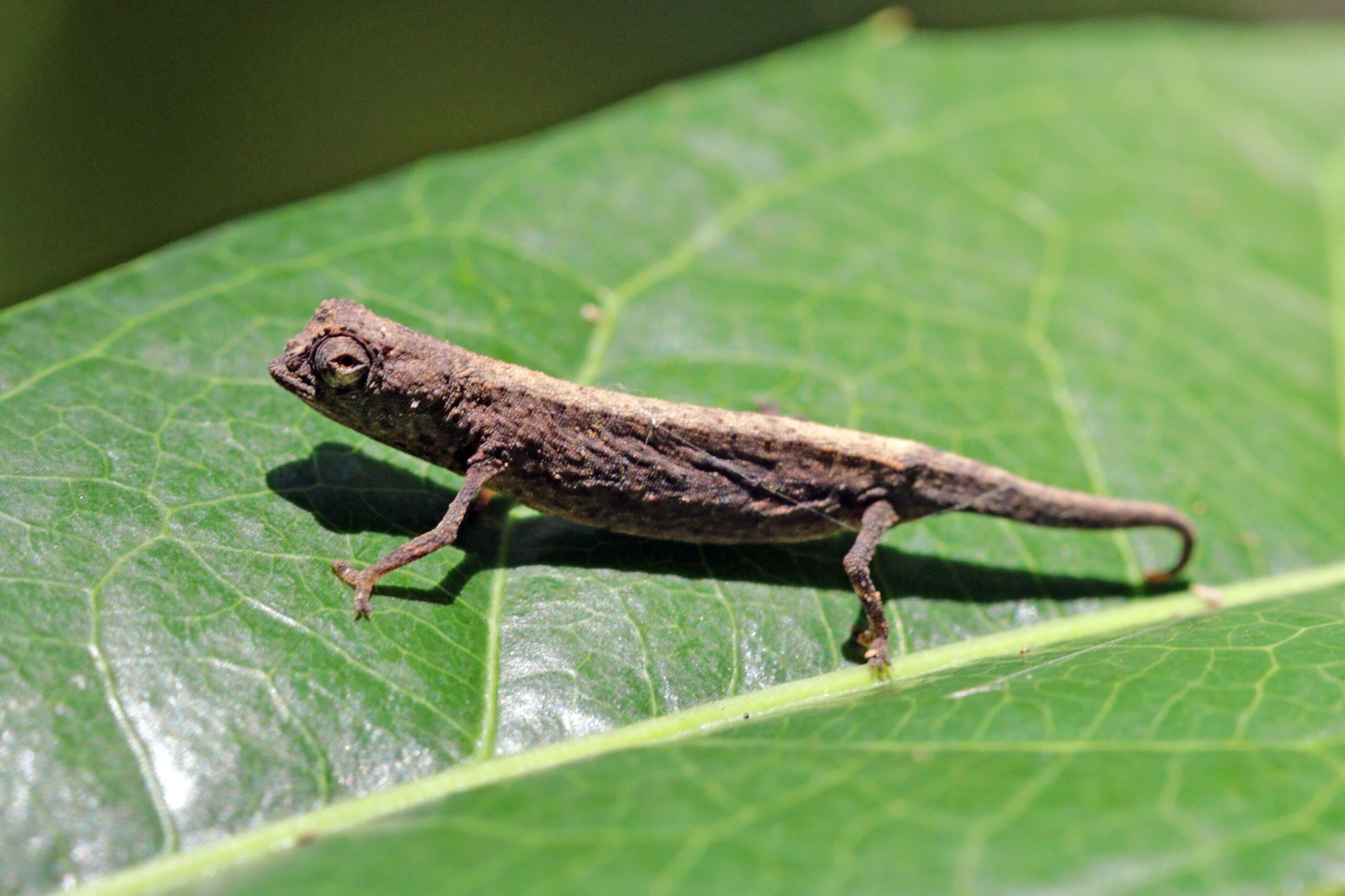
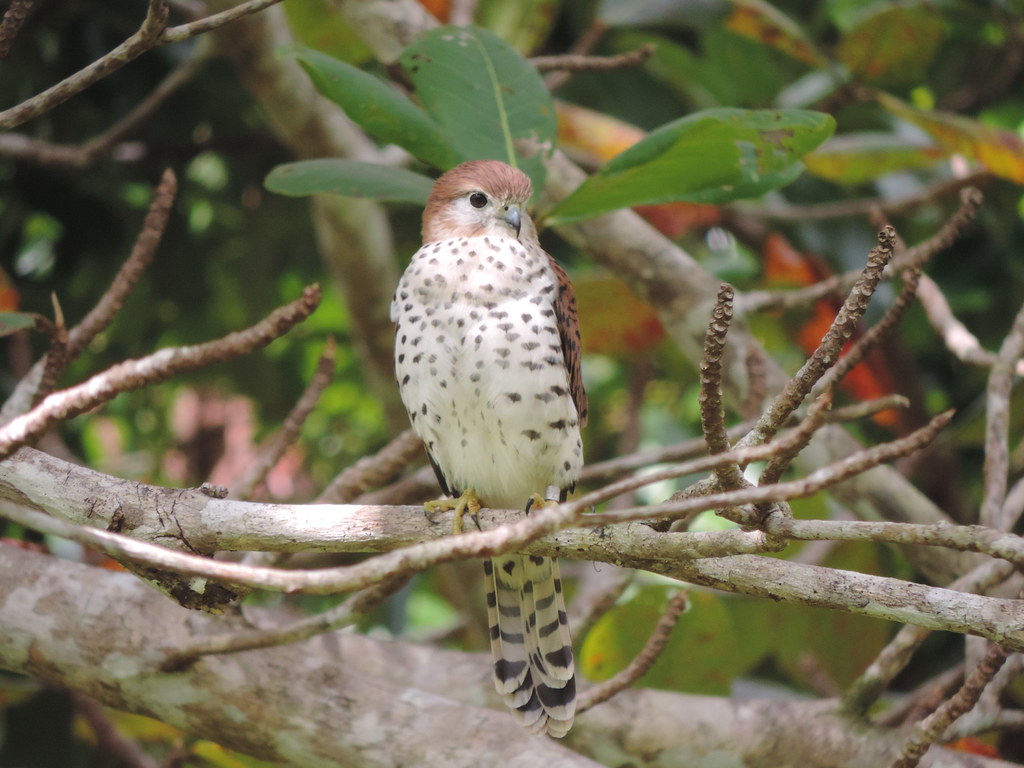




Leave a Reply